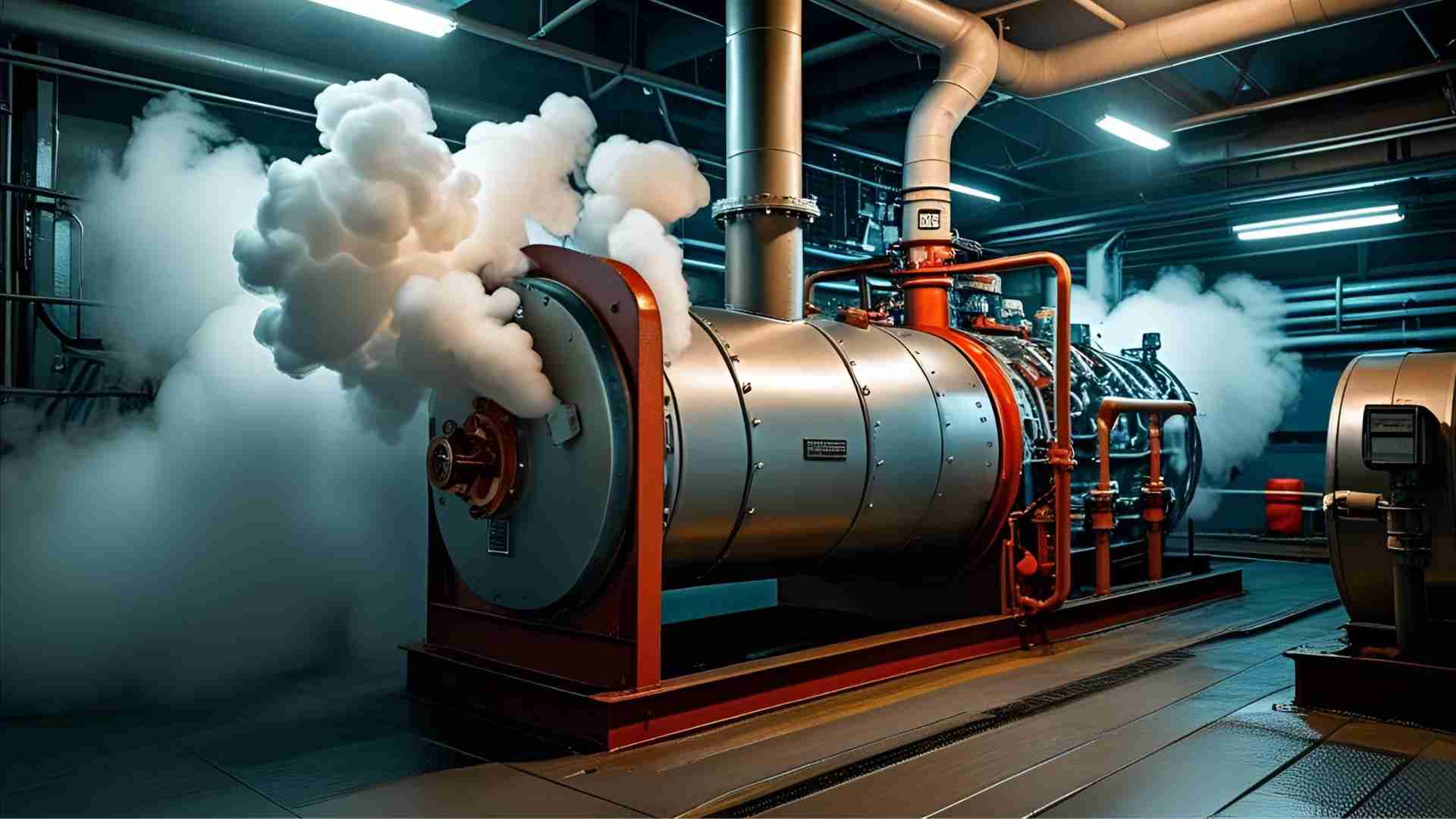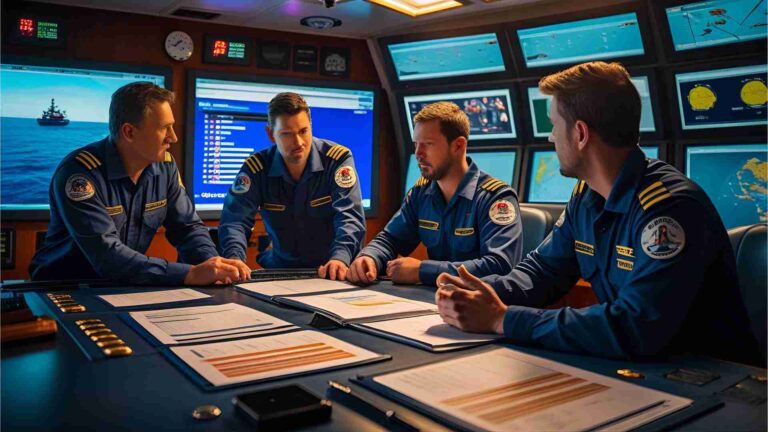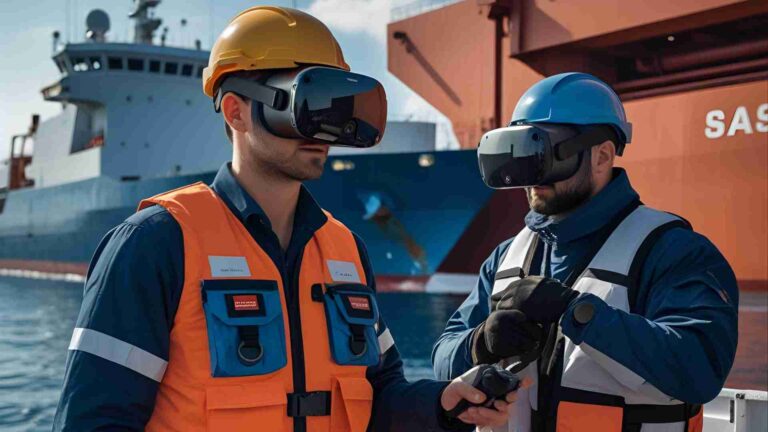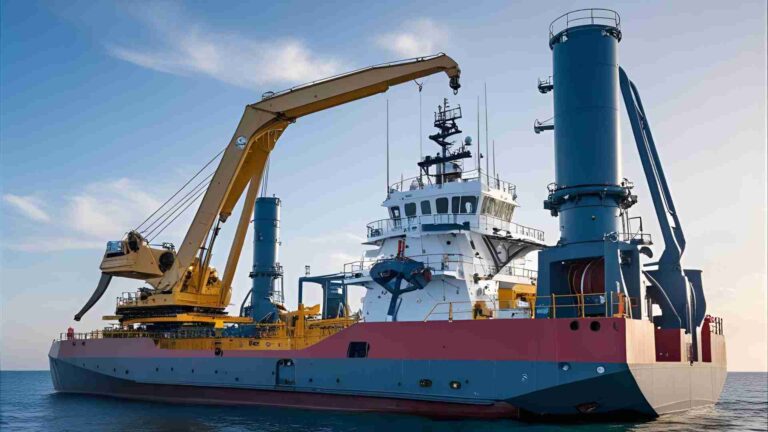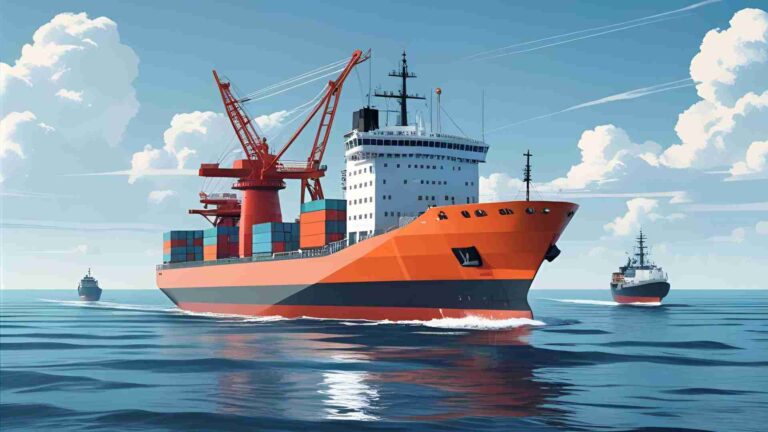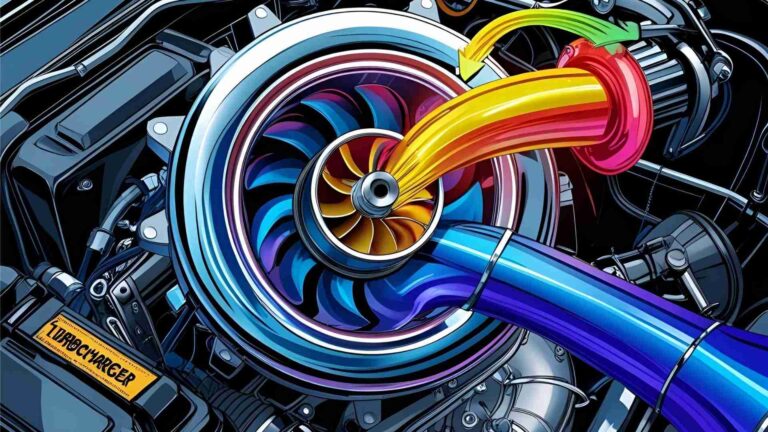What is a Marine Boiler? The Role of Boilers on Ships
Discover what a marine boiler is, its critical role on ships, types, functions, and modern advancements in this comprehensive guide.
Marine boilers are the backbone of many ships, generating steam that powers propulsion, auxiliary systems, and essential onboard operations. These specialized pressure vessels convert water into steam through heat from burning fuel, serving as critical heat exchangers. From driving massive turbines to heating crew quarters, marine boilers ensure vessels operate efficiently and safely across vast oceans. This article explores their functions, types, working principles, applications, maintenance, and technological advancements, offering a detailed look at their indispensable role in maritime operations.
The Importance of Marine Boilers
Marine boilers are vital for ships, providing the steam needed for propulsion, power generation, and various auxiliary functions. Without boilers, many vessels—especially steam-powered ships like naval vessels, icebreakers, and historical ocean liners—could not function. They support critical tasks such as heating heavy fuel oil to maintain viscosity, powering cargo pumps, and ensuring crew comfort through heating and domestic hot water. Boilers also play a role in emergencies, supplying steam for firefighting or backup power.
The reliability and efficiency of marine boilers directly impact a ship’s performance, safety, and compliance with environmental regulations. Modern boilers incorporate advanced technologies to maximize energy use, reduce emissions, and meet stringent maritime standards, making them a cornerstone of sustainable ship operations.
Types of Marine Boilers
Marine boilers are broadly classified into two categories: main boilers and auxiliary boilers. Each type serves distinct purposes, with unique designs and operational characteristics tailored to specific ship requirements.
Main Boilers
Main boilers are large, high-capacity systems designed to generate high-pressure steam (20–60 bars) for a ship’s primary propulsion system. They power steam turbines connected to propellers, driving vessels like naval ships, LNG carriers, and icebreakers. These boilers typically use water-tube designs for higher efficiency and safety under high-pressure conditions.
- Key Features:
- Large size and high steam output.
- Operate continuously at high loads.
- Use heavy fuel oil (HFO), marine gas oil (MGO), or liquefied natural gas (LNG).
- Common in steam-powered ships, though less prevalent today due to diesel engines.
- Applications:
- Propulsion for naval vessels, LNG carriers, and historical ocean liners.
- Support for auxiliary systems like pumps and compressors.
Auxiliary Boilers
Auxiliary boilers are smaller, low-capacity systems producing low-pressure steam (6–15 bars) for non-propulsion tasks. They are versatile, supporting heating, power generation, and domestic needs across various ship types, including tankers, cargo ships, and cruise vessels.
- Key Features:
- Compact design with quicker start-up and shutdown times.
- Use lighter fuels like marine diesel oil (MDO) or exhaust gases from main engines.
- Fire-tube or water-tube designs, depending on the application.
- Essential for daily ship operations and crew welfare.
- Applications:
- Heating cargo tanks (e.g., crude oil, asphalt) to maintain viscosity.
- Powering steam turbine generators for electricity.
- Domestic uses like cooking, laundry, and hot showers.
- Tank cleaning and de-icing deck equipment in cold regions.
Comparison of Main and Auxiliary Boilers
| Feature | Main Boiler | Auxiliary Boiler |
|---|---|---|
| Primary Function | Propulsion (steam turbines) | Heating, power generation, domestic use |
| Size & Capacity | Large, high-capacity | Smaller, lower capacity |
| Steam Pressure | High (20–60 bars) | Low (6–15 bars) |
| Boiler Type | Water-tube (high efficiency) | Fire-tube or water-tube |
| Fuel Type | HFO, MGO, LNG | MDO, HFO, exhaust gas |
| Examples | Naval ships, LNG carriers | Tankers, cruise ships, cargo vessels |
Boiler Designs: Water-Tube vs. Fire-Tube
Marine boilers are further categorized by their internal design: water-tube and fire-tube boilers. Each has distinct advantages suited to specific maritime applications.
Water-Tube Boilers
In water-tube boilers, water circulates through tubes surrounded by hot combustion gases. This design allows for rapid steam generation, high efficiency, and safe operation under high-pressure conditions.
- Advantages:
- Higher efficiency due to large heating surface area.
- Safer for high-pressure applications (less risk of catastrophic failure).
- Faster steam production for demanding propulsion systems.
- Applications:
- Main boilers in large vessels like naval ships and LNG carriers.
- High-capacity auxiliary systems in modern ships.
Fire-Tube Boilers
Fire-tube boilers pass hot combustion gases through tubes submerged in water. They are simpler and more compact but less efficient at high pressures.
- Advantages:
- Simpler design, easier to maintain.
- Suitable for low-pressure, small-scale applications.
- Cost-effective for smaller ships.
- Applications:
- Auxiliary boilers in cargo ships and tankers.
- Historical vessels like the Titanic, which used Scotch marine fire-tube boilers.
Chart: Boiler Design Comparison
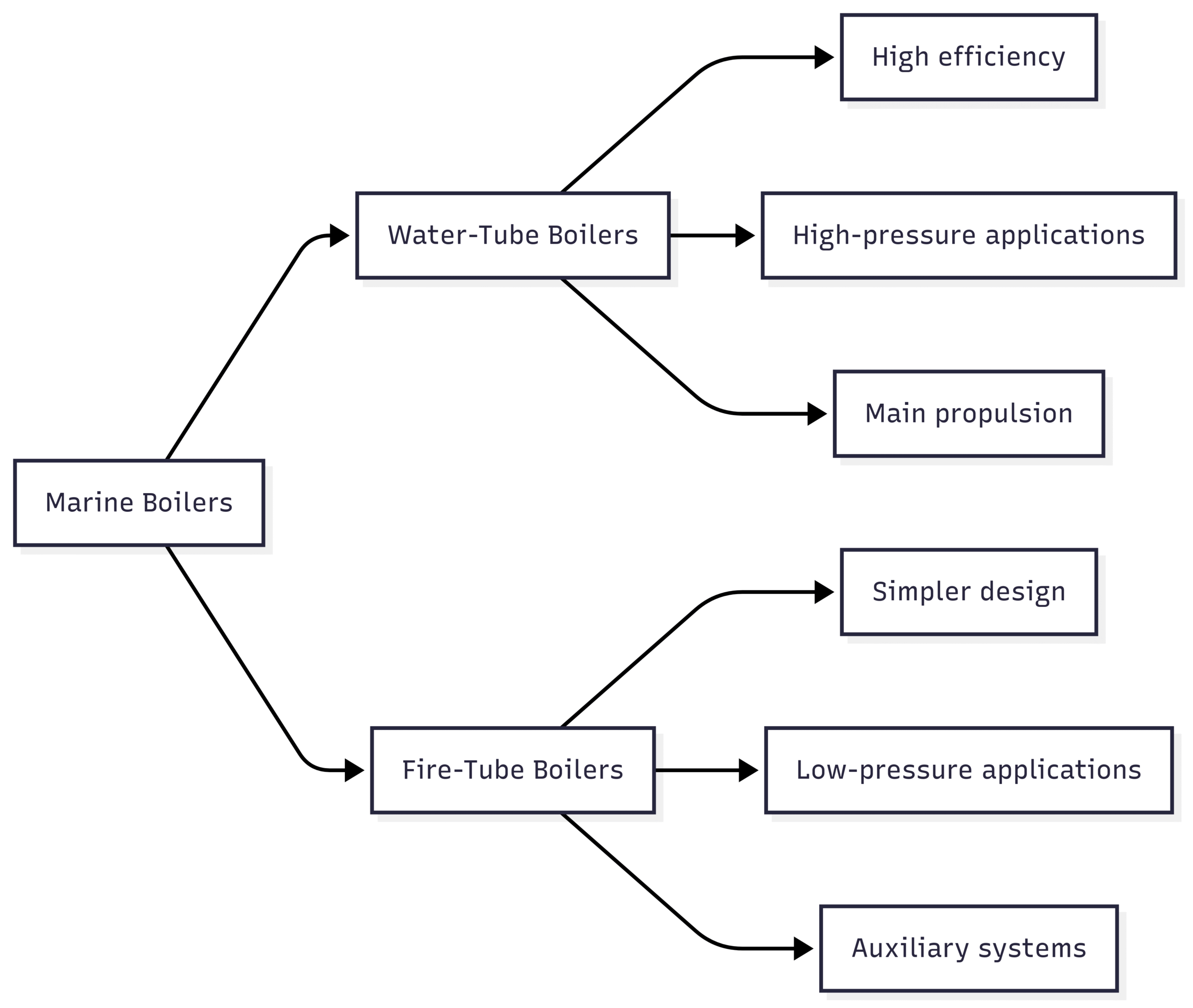
How Marine Boilers Work
Marine boilers operate as closed pressure vessels that heat water to produce steam. The process involves several components working together to generate, superheat, and distribute steam efficiently.
Working Principle
- Heating Water: Burners ignite fuel (HFO, MDO, or LNG) in the boiler’s furnace, producing heat that transfers to water in the boiler drum or tubes.
- Steam Generation: As water reaches its boiling point, it turns into steam, which collects in the steam drum (in water-tube boilers) or above the water level (in fire-tube boilers).
- Steam Distribution: Superheated steam is piped to turbines, generators, or heating systems, depending on the boiler’s purpose.
Key Components
- Boiler Drum: Separates water and steam, maintaining a reservoir for steam distribution.
- Burners: Mix fuel and air for efficient combustion, generating heat.
- Economizer: Preheats feedwater using exhaust gases, improving energy efficiency.
- Superheater: Raises steam temperature above its boiling point for high-efficiency applications.
Diagram: Boiler System Workflow
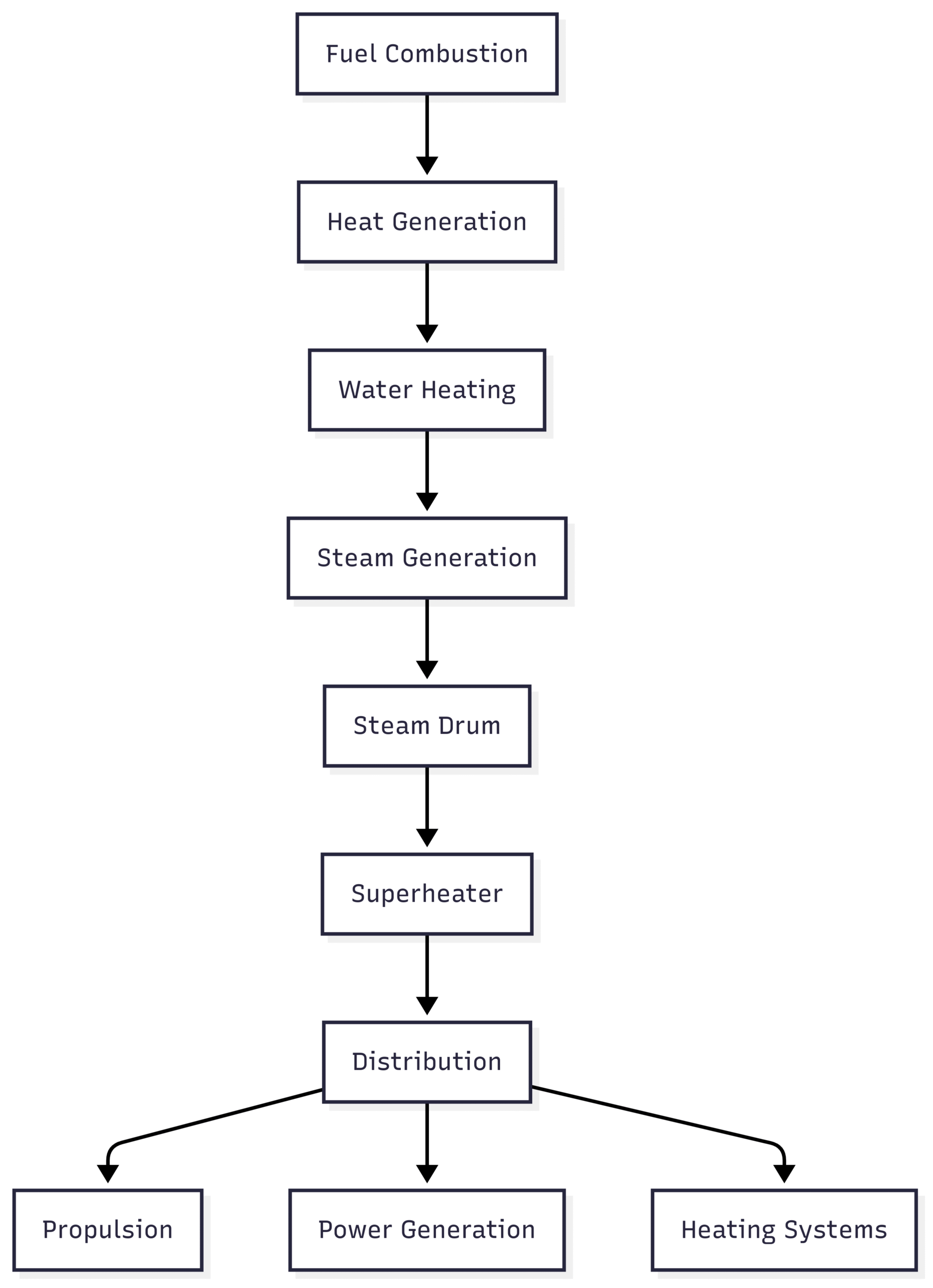
Applications of Marine Boilers
Marine boilers support a wide range of shipboard functions, from propulsion to crew welfare. Their versatility makes them indispensable across various vessel types.
Steam Propulsion
Main boilers drive steam turbines connected to propellers, powering ships like naval vessels and LNG carriers. High-pressure steam (20–60 bars) ensures efficient propulsion for long voyages.
Power Generation
Auxiliary boilers supply low-pressure steam to turbine generators, producing electricity for navigation, lighting, and communication systems. Some ships use steam-driven emergency generators for backup power.
Cargo and Fuel Heating
Auxiliary boilers heat cargo tanks carrying crude oil, asphalt, or chemicals to maintain viscosity, ensuring smooth loading and unloading. They also heat heavy fuel oil tanks to optimize combustion in main engines.
Tank Cleaning and Sanitation
Low-pressure steam from auxiliary boilers cleans cargo tanks and shipboard areas, maintaining hygiene on tankers and cruise ships.
Domestic Uses
On cruise ships and cargo vessels, auxiliary boilers provide steam for cooking, laundry, hot showers, and heating crew accommodations, enhancing onboard comfort.
De-Icing
In cold regions, steam from auxiliary boilers de-ices deck equipment and pipelines, ensuring safe operations. Steam tracing lines keep fuel and water pipes warm, preventing blockages.
Maintenance of Marine Boilers
Proper maintenance is critical to ensure boiler reliability, efficiency, and safety. Regular inspections, cleaning, and professional servicing extend boiler lifespan and prevent costly breakdowns.
Routine Inspections
- Tasks: Check for leaks, rust, and component wear in the boiler drum, burners, economizer, and superheater.
- Benefits: Early detection of issues prevents major failures, ensuring safe operation.
Cleaning and Repairs
- Cleaning: Remove soot and scale buildup to maintain heat transfer efficiency.
- Repairs: Replace worn parts like burners or tubes to restore performance.
- Frequency: Conduct cleaning and minor repairs during scheduled maintenance intervals.
Professional Servicing
Complex issues, such as burner calibration or economizer repairs, require expert intervention. Professional services ensure compliance with maritime safety standards and optimize boiler performance.
Advances in Marine Boiler Technology
Modern marine boilers incorporate cutting-edge technologies to enhance efficiency, reduce emissions, and comply with environmental regulations like IMO 2020.
High-Efficiency Boilers
- Features: Advanced combustion systems and heat recovery units reduce fuel consumption.
- Benefits: Lower operating costs and reduced carbon footprint.
- Example: Composite boilers combine exhaust gas and fuel-fired systems for maximum efficiency.
Automated Control Systems
- Features: Real-time monitoring of fuel-air ratios, temperatures, and pressure levels.
- Benefits: Improved efficiency, reduced human error, and enhanced safety.
- Example: PLC-based systems adjust burner settings automatically for optimal performance.
Eco-Friendly Solutions
- Technologies:
- Scrubbers: Remove sulfur oxides from exhaust gases.
- Selective Catalytic Reduction (SCR): Reduces nitrogen oxides.
- LNG Fuel: Lowers carbon emissions compared to HFO.
- Benefits: Compliance with emission control areas (ECAs) and reduced environmental impact.
Specifications and Costs
Marine boiler specifications vary by type, capacity, and application. Below is a sample table of typical specifications and estimated costs for main and auxiliary boilers.
| Boiler Type | Capacity (Steam Output) | Pressure Range | Fuel Type | Estimated Cost (USD) |
|---|---|---|---|---|
| Main Boiler | 20–100 tons/hr | 20–60 bars | HFO, MGO, LNG | $500,000–$2,000,000 |
| Auxiliary Boiler | 1–20 tons/hr | 6–15 bars | MDO, HFO, Exhaust Gas | $50,000–$500,000 |
Note: Costs depend on manufacturer, ship size, and customization. For pricing details, contact suppliers like Alfa Laval or Mitsubishi Heavy Industries.
Conclusion
Marine boilers are indispensable for ship operations, powering propulsion, electricity, heating, and auxiliary systems. Main boilers drive turbines for steam-powered vessels, while auxiliary boilers support diverse tasks like cargo heating and crew welfare. Water-tube and fire-tube designs cater to different needs, with modern advancements enhancing efficiency and sustainability. Regular maintenance and professional servicing ensure reliability, while technologies like automated controls and scrubbers align boilers with environmental standards. By understanding marine boilers’ roles, types, and innovations, ship operators can optimize performance and navigate the seas efficiently.
FAQs
Are boilers still used in ships?
Do cruise ships have boilers?
Which fuel is used in marine boilers?
Does a ship have a boiler room?
What type of boilers did the Titanic have?
What is the difference between a pressure vessel and a boiler?
Happy Boating!
Share What is a Marine Boiler? The Role of Boilers on Ships with your friends and leave a comment below with your thoughts.
Read What are the Different Types of Marine Diesel Engines? until we meet in the next article.
